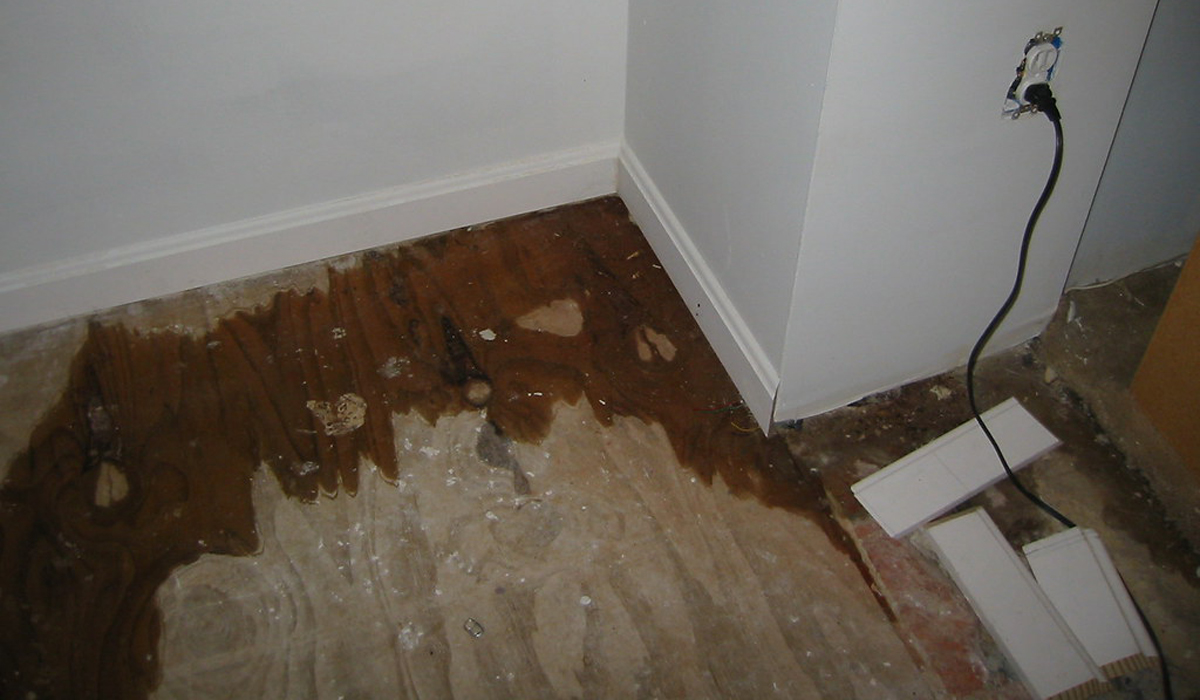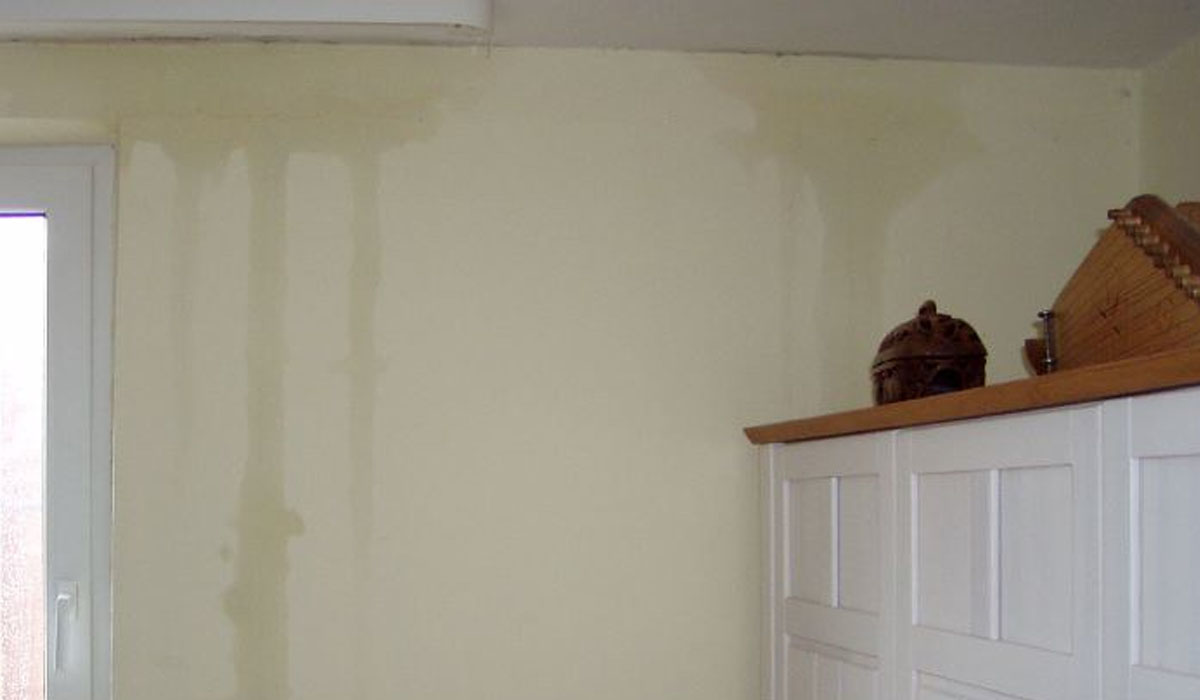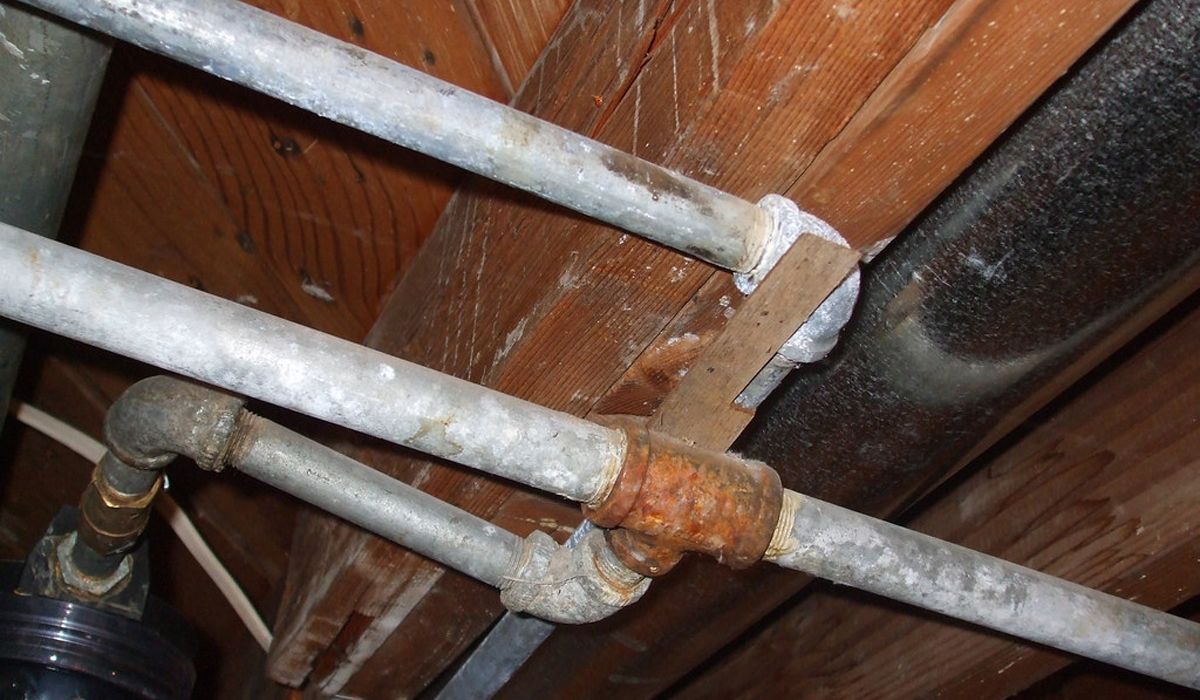
Ultimate Guide To Water Seepage Control: Tips And Techniques
Unlocking The Secrets To Effectively Combat Water Seepage
Water is getting into your house in places where it shouldn’t. You’ve also experienced issues with a faucet that drips, basement flooding, and wall seepage when it rains. Bee Quick Plumbing & Sewer Inc. can help with all these problems. Call us at (630) 923-1942 for a free quote, and let us show you why we are the best plumbers!
Our firm works hard to ensure all your plumbing needs are cared for. We want to give you the best services possible in the areas we serve. Our team can do a lot of things to help. We can ensure no water seepage, put in sewer lines, and fix any problems.
Also, we have reviews from people who tried our services, so you can see how good we are. See our FAQs for more details.
What Is Water Seepage?
Groundwater seepage is when liquid enters places it should not be. Too much liquid can sometimes cause damage to buildings. This can lead to liquid flowing where it is not wanted. Rain can cause big issues. Mold might grow, and the foundation of your house could get damaged.
Repairs can be costly if you do not care for them quickly. We can prevent liquid from entering buildings by designing a system to take the liquid away. We can also use insulation to help keep the liquid out. It is vital to fill in any cracks and use waterproof solutions. This will help keep liquid out of your house and property.
Ultimate Tips And Techniques To Control Water Seepage
If you want to stop liquid from getting into your home, there are some things you can do. Many solutions can help protect the inside of your house from liquid damage. Here are some ideas:
1. Detect The Source
The first thing you should do to stop liquid from coming in is to figure out where it is coming from. Look in the basement, crawlspace, and foundation for liquid. Check low spots in your yard and look for cracks or leaking pipes. Once you know what the problem is, you can do something to fix it fast.
Using sealant or putting in a French drain can help keep liquid from coming into your house. This will help keep your house in good shape.

2. Repair Any Damage
If water is seeping in, repairing any existing damage is the best way to fix it. Damaged drywall, wallpaper, flooring, and furniture are signs that liquid is leaking somewhere. If you don’t fix the problem, it will get worse.
It is important to fix any liquid leaks or damage as soon as you find it. You can prevent bigger problems in the future. It is a good idea to fix any damage from water. It will cost less in the long run and also protect your home from more problems in the future.
3. Invest In Waterproofing Solutions
Waterproofing your house is a great way to protect it from liquid damage. This will strengthen your home and stop liquid from coming in. Investing in these can help save you time. It will also be safe if there is liquid leaking that you don’t see. If you spend some money now, it could save you a lot of money later on.
4. Seal Cracks Where Possible
To stop liquid from coming in, seal up any cracks you can find. If your house has a big crack from a fallen tree or a small thin line crack, you must fix it fast. This will help keep your home safe from liquid and mold. Look around your house and find places where liquid might escape. If it rains a lot, you will be ready, and the water won’t leak in.
Sealing cracks around windows, doors, and skirting boards with sealant is vital. This will stop liquid from getting into your walls and causing damage over time. Fix any cracks in your property right away. Don’t wait!
5. Install Channel Drainage Systems
Channel drainage systems can ensure your home or business does not flood. It also keeps water levels from getting too high and helps it stay low for a long time. Installing these systems will save you money and make your building safer. It can also help keep the plants around it healthy.
The system collects extra liquid from sidewalks, patios, and driveways. The water passes through pipes that go underneath the ground. This keeps the liquid away from your building’s foundation. If you install them right, you can rely on them to keep moisture out of your home.
6. Upgrades From Ground Level
This easy step can help keep liquid from entering your home. This will protect things like lights and furniture from getting ruined. Raising the foundation and improving your home does not cost much money or only a lot of work. But it can help you avoid problems in the future.
With some simple preparation, you can protect your home from any more liquid damage. It is easy to take care of your home!

7. Use Gutter Guards And Downspouts
Gutter guards keep leaves and other things out of your gutters. This helps make sure the liquid flows away from your house. Downspouts help keep your house safe from leaks. They direct the water away from the foundation and spread it out. Follow these steps to make sure your home is safe from liquid damage.
You can feel more relaxed and confident. It’s easy to install and take care of these products. You won’t need to spend too much money.
8. Dig Trenches Around Foundation Base
Dig trenches around the bottom of your home. This will help keep the rain away and stop it from making holes in the walls. Make sure the trench has a slope away from the house. The slope should be 6 inches for every 10 feet. This will help water drain away from the house.
You can also add clay or rocks to the trenches. This will help them last longer and keep liquid from coming in. Doing this now will save you money.
9. Schedule Regular Inspection & Maintenance
You should have regular checking for your damp proof course. This is good for finding any damage and fixing areas that let liquid in. It is important to fix problems fast. This way, you can stop the problem from worsening and save time, money, and energy.
10. Use Self-Draining Slabs & Surfaces
You can change the shape of concrete or asphalt so that water will run away from buildings and other places. This helps keep these areas dry. Self-draining slabs and surfaces can help stop puddles from forming. These puddles can cause mold, damage the surface, and harm walking outside your home. This tip can help make your area last longer and be safer without costing much money.
11. Plant Hydroponic Gardens
Hydroponics is a type of gardening where plants are grown without soil. It uses mineral solutions instead. Using mulch in your garden is good for nature. It helps protect water underground and stops dirt and fertilizer from going away.
This grows plants faster and makes them healthier than regular planting. It also takes less time and energy. Adding nutrients to your soil can be helpful, making it warm and good for plants.
12. Incorporate Sustainable Solutions
It is vital to use sustainable means to prevent erosion in your backyard. These solutions will help the liquid go into the ground and stay there.
Solutions to stop liquid from entering and leaving a place can help us save energy. It will also help keep the environment clean for future generations.
Water seepage can be a big problem, but there are ways to fix it. Get help from Bee Quick Plumbing & Sewer Inc. We will help you with the process. Our company knows that seepage water can be a big problem and can cause damage. We have been helping customers save time, money, and worry for years. We provide lots of services in different areas.
If you have an emergency with your plumbing, we can help. Call us at (630) 923-1942 for fast service and a free quote. We are the best choice for any seepage problem you may have!
Bee Quick Offers The Following Services:
Other Articles We’ve Hand-Picked For You:
Frequently Asked Questions
Water seepage can be caused by various factors, including inadequate waterproofing, damaged or poorly installed pipes, wall or floor cracks, and poor drainage.
Water seepage can be avoided by ensuring proper drainage around your building, sealing any cracks or gaps in walls or floors, installing proper waterproofing systems, and promptly repairing plumbing leaks.
Yes, water seepage can result in mold growth, which can cause respiratory issues, allergic reactions, and other health problems.
Your insurance policy determines it. Some policies may cover water damage caused by unexpected and unforeseeable events. In contrast, others may exclude coverage for water damage entirely. For more information, review your policy and contact your insurance provider.
Mold caused by water seepage can be removed with a bleach-water solution or commercial mold removal products. It is critical to identify and address the underlying cause of the water seepage to prevent future mold growth.
The length of time it takes to repair a water seepage problem is determined by the extent of the damage and the type of repair required. Minor repairs can be completed in hours, whereas more complex repairs can take several days or weeks.
If left untreated, water seepage can cause foundation damage over time. It is critical to address water seepage issues as soon as possible to avoid costly repairs later.


 Powered by
Powered by